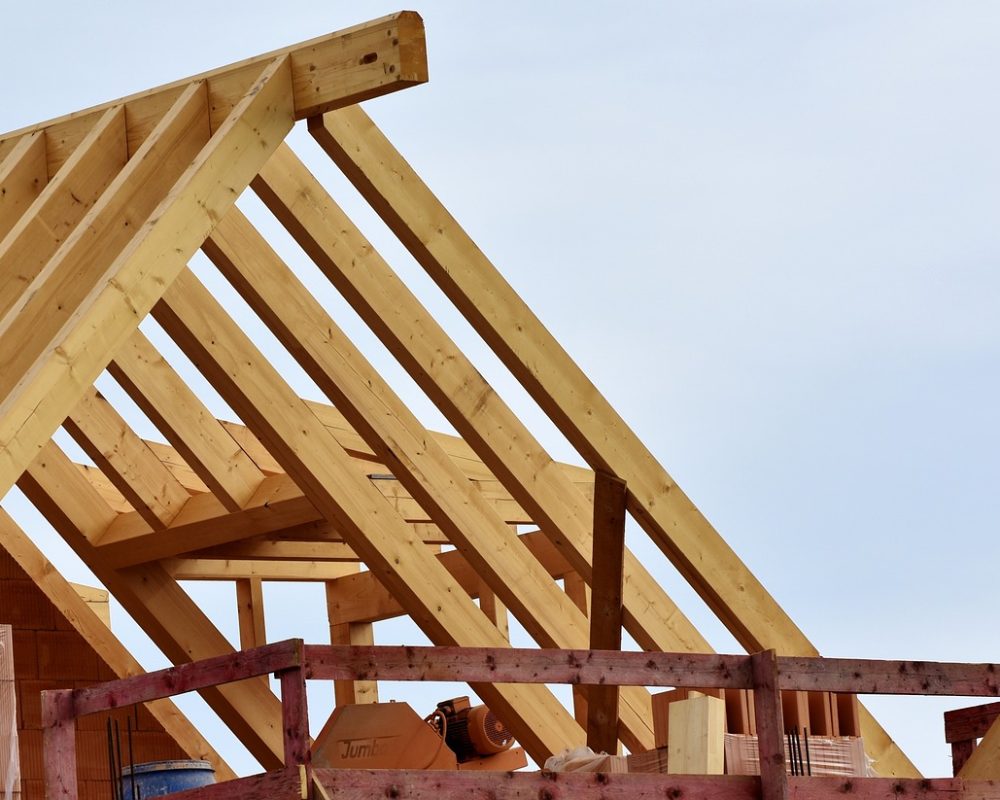Plumbing is an essential part of any home construction, directly impacting the functionality, comfort, and efficiency of the household.
Plumbing plays a vital role in residential construction, providing clean water for drinking, cooking, bathing, and other daily activities while also facilitating wastewater removal. Properly planned plumbing can enhance the home’s resale value, energy efficiency, and environmental impact.

An efficient layout reduces water waste and enhances flow. This often involves placing bathrooms, kitchens, and laundry rooms close together to reduce the length of pipes needed.
Gravity assists in water flow in both supply and drainage systems. By sloping drain pipes correctly, the system avoids clogging and stagnation, making the drainage process smooth and reliable.

There are two primary plumbing systems in any residential construction: the water supply system and the drainage system. Understanding both systems is essential to appreciate the overall plumbing structure.
The rough-in phase involves installing pipes, vents, and drains before walls are closed with drywall.
Following the blueprints, plumbers place pipes, valves, and fittings. Precision is essential in this phase, as errors can be challenging to fix once the walls are completed.
Vent pipes are positioned to balance air pressure in the drainage system, essential for smooth wastewater removal.
The finish phase takes place after the walls are up. In this stage, plumbers install fixtures like faucets, toilets, and sinks, and connect them to the plumbing lines laid in the rough-in phase. This phase also includes testing to ensure proper flow and drainage.
Adherence to local plumbing codes is crucial to ensure a safe, reliable, and compliant plumbing system. Codes cover everything from material selection and pipe sizing to drainage slopes and venting requirements. Inspections occur at various stages of the construction process, ensuring that each aspect of the system meets regulatory standards.
After installation, regular maintenance helps keep the plumbing system in peak condition. Simple practices like checking for leaks, insulating pipes, and maintaining water pressure help prolong the system’s life. Avoiding harsh chemicals in drains can also prevent corrosion and blockage.
Professional inspection every few years ensures that minor issues are addressed before they become significant problems. Additionally, homeowners should know the location of the main shut-off valve to turn off water in emergencies.
